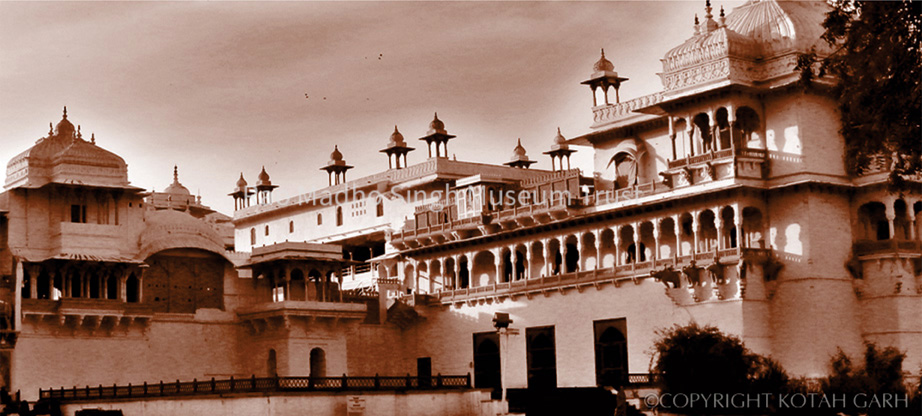
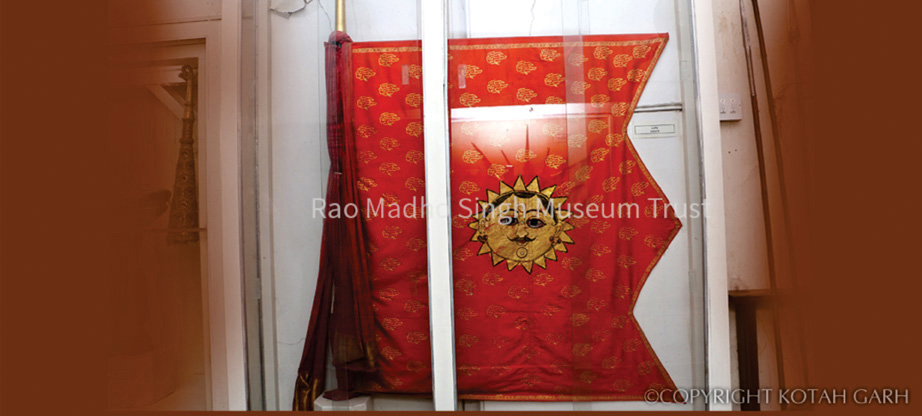
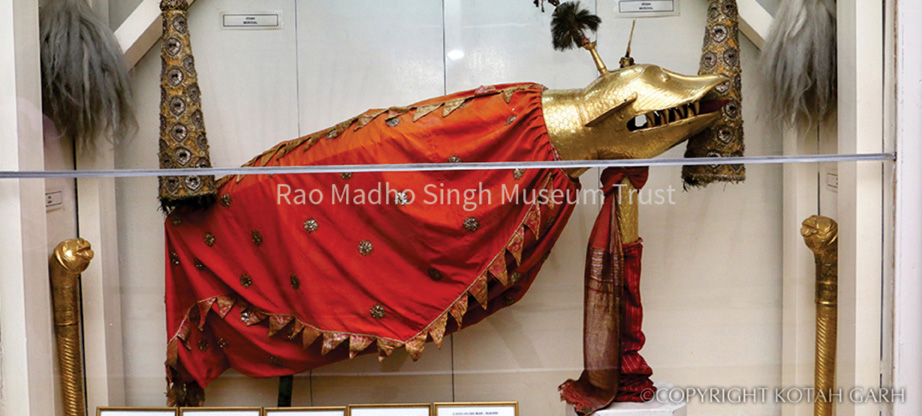
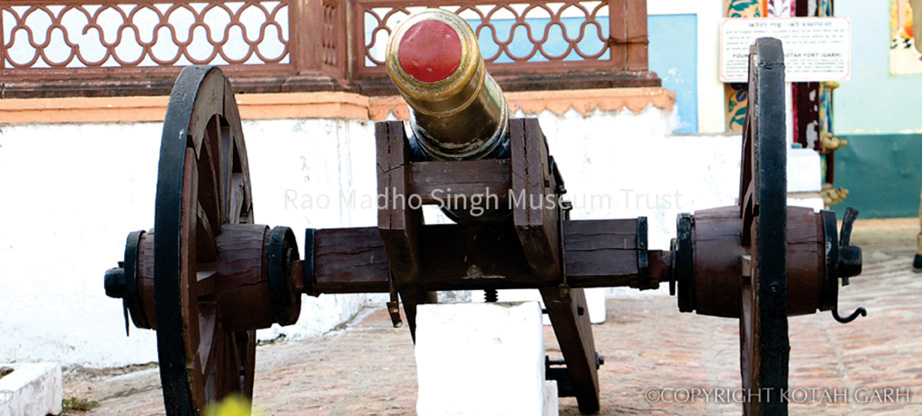
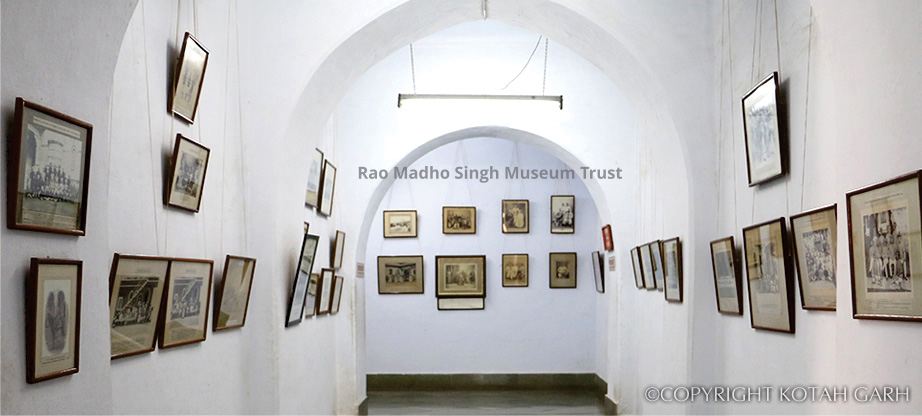

Housed in Kotah’s historic City Palace — the ancestral seat of the Raos and Maharaos of Kotah — the Museum has been open to the public since 1970 C.E. The Museum has rich collections of arms and armour, royal regalia and ritual paraphernalia, textiles and objets d’art, and world–famous miniature paintings and wall frescos.
According to tradition, the foundations of the City Palace (also known as the Garh) were first laid in 1264 C.E. by Prince Jait Singh of Bundi on the spot where he sacrificed and buried the severed head of the defeated Bhil Chieftain Koteya who had previously ruled the region. The name ‘Kotah' is often said to memorialize the human sacrifice (nar bali) of Koteya, although it may equally reference the presence of a strong fort, or kot.
Kotah achieved de facto independence from Bundi in 1624 C.E. when Rao Ratan Singh of Bundi’s second son — Rao Madho Singh — asserted sovereignity over Kotah City and eight surrounding districts (parganas). Seven years later in 1631 C.E., the Mughal Emperor Shah Jahan issued an Imperial proclamation (farman) confirming Kotah’s independence. Madho Singh’s descendants continued to rule Kotah — often in the service of the Mughal and British Empires — until 1948 C.E. when the Kingdom formally merged with independent India. Today, the City Palace remains at the heart of the ceremonial life of present Maharao Brijraj Singh of Kotah who presides at religious festivals and social gatherings here throughout the year — most importantly at Dasahra and on his birthday.